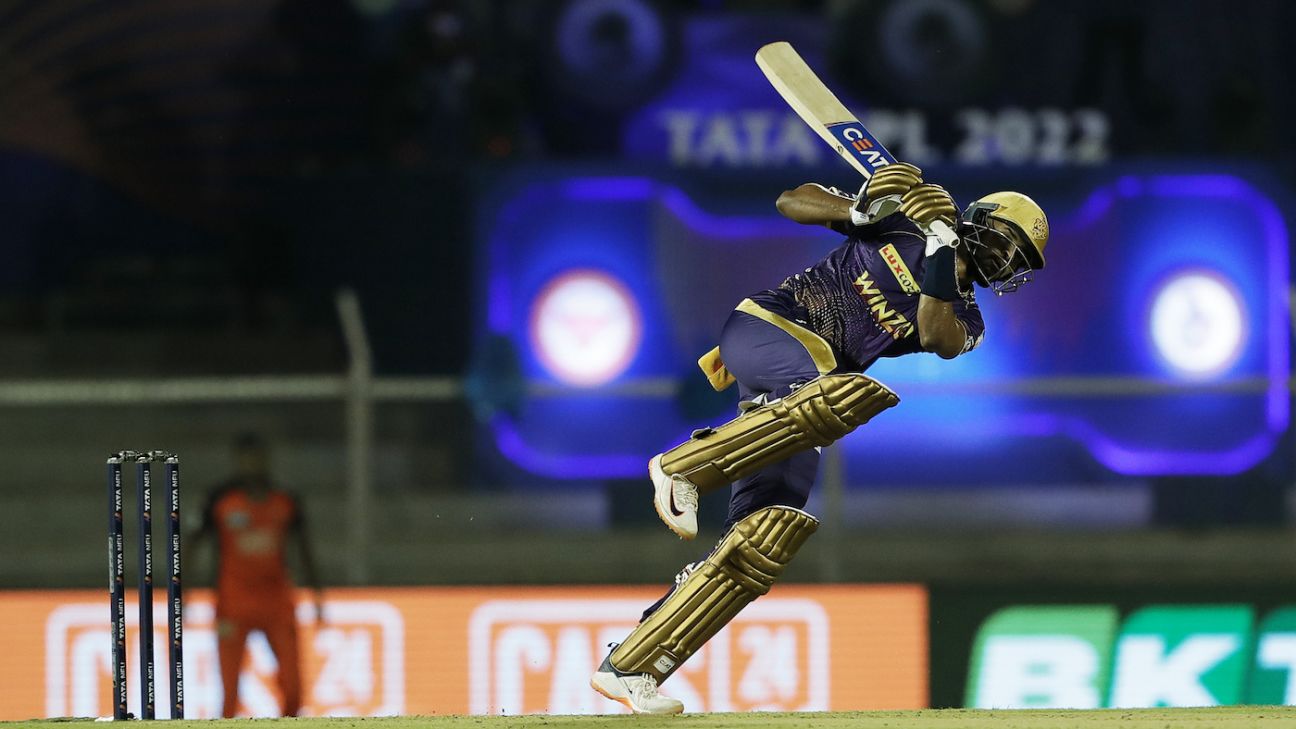[ad_1]
“I do feel two bouncers an over is very much useful, and I feel it’s one of those things which gives the bowler an added advantage over batsmen,” Unadkat told ESPNcricinfo. “Because, for example, if I bowl a slower bouncer… the batsman in the previous case is sure that there’s no more bouncer coming. In this case, even if you bowl one slower bouncer in the first half of the over, you can still use one more [in the over]. Someone who is weak against bouncers will have to be better at it and then it will give the bowler one more weapon in their armoury. So, I feel it’s a very small change with a huge impact and as a bowler I feel it’s very important to have that rule.”
Unadkat added that fast bowlers will now have more options to try and rein batters in at the death. “Also in the death overs, you have one more option,” he said. “So, it was becoming more of yorker-oriented [bowling] in death overs for fast bowlers. Not it can be yorker, slower ball and bouncers because of two bouncers an over. Even if you don’t bowl the second bouncer, the batsman still has that expectation that the bowler might bowl the second bouncer.”
If a team names four overseas players in their starting XI, then they can only bring in an Indian as the Impact Player. This is to limit the number of overseas players per game to four per team – something the IPL has adhered to since its inception. However, if a team starts with three or fewer overseas players in their XI, then they can bring in an overseas player as the Impact Player. But the incoming overseas player should be among the four substitutes named at the toss.
The Impact Player rule has somewhat diminished the value of allrounders, with the likes of Venkatesh Iyer, Vijay Shankar and Shivam Dube largely slotting in as batters for their sides last season.
The trading window is closed for now but it will open again on December 20, a day after the mini-auction, and will remain open for up to a month before the 2024 season begins.
[ad_2]
Source link



